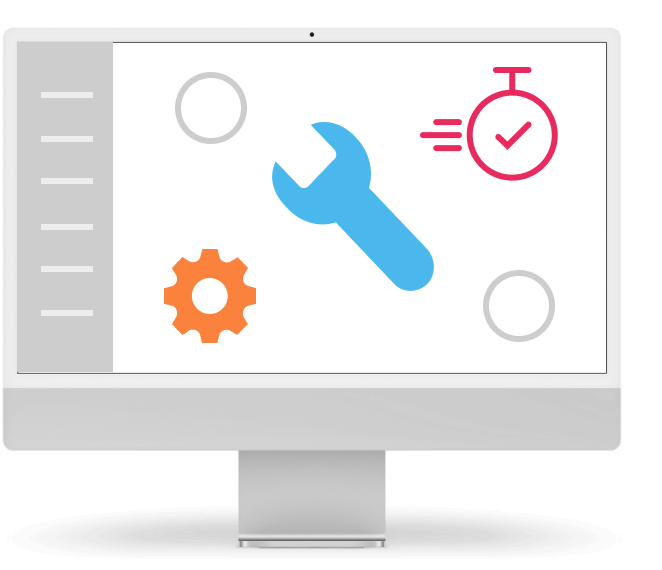Best practices when using IoT in a company
Content
Like any technology, IoT (Internet of Things) can be a great tool, but it can also be a huge problem. The deciding factor is whether the company can handle the given technology.
You might be thinking that IoT is all about sensors, so I’m going to plug in and collect data. But IoT should serve as a provider of the right data to the right procedures, so that the right conclusions can be drawn. And that’s already a lot of areas where you can do something wrong.
So I took a detailed look at the situations I experienced with our customers in order to share with you the best practices that will help you work with IoT technologies effectively.
We’ll look at maintaining the status quo, incremental change and the right questions.
Maintaining the status quo
That being said, it looks like the Internet of Things isn’t going to help move your business forward. But maintaining the status quo is precisely the basis for any forward movement to actually occur.
The Internet of Things is helping change, but first we need to figure out where we are. If we are to be able to evaluate the impact of some kind of monitoring and subsequent steps, then we need to know the benchmark – in this case, the initial state, the status quo.
Let’s take a specific example. The shop will want to find out how to optimize the operation of the air conditioning. They deploy a sensor that records the consumption of electricity in the system. The benchmark period shall be 14 days. During this time, nothing changes except that data is collected. Then there will be a moment when the operation of the air conditioning is changed within 14 days based on the collected data. So, after a month, we can clearly see how much has been saved and what benefit the Internet of Things has with regard to energy and financial savings.
But if the first step does not take place and the company does not find out how much it is paying for the current state, then it is not even possible to find out whether the Internet of Things will pay off. And it could very easily be that the answer is no, we don’t want IoT, even if the ultimate savings would be respectable.
Incremental changes
We all know how it goes – the excitement when we get the chance to make something more efficient. We’re going to go full blast and change everything. And here comes the problem. If I suddenly change everything, how do I know what brought about the desired change?
For the implementation of IoT in a company, it is especially true that gradual changes are the key to success. For example, if you want to save on electricity, then it is not possible to change something for all appliances. I know gradual changes take a long time, but the only ones that really pay off.
If you try one change at a time in your company, you will find out which ones have an impact on your target state and which ones don’t. You might even find that the devices you thought were guzzlers don’t affect consumption and there’s no need to do anything about them. But you won’t find this out without incremental changes.
The Right Questions
This is probably the hardest part. Businesses need immediate answers and immediate results, but with IoT technologies it is different – they have the potential to bring long-term benefits. Of course, even the short-term ones, but the longer-lasting ones are quite often forgotten.
But it’s always good to save for a long time, isn’t it? So when you find out that IoT has revealed the possibility of saving CZK 200 per month on one device, you shouldn’t wave your hand at it. One such device will save you CZK 12,000 in 5 years. And that is no longer an insignificant amount.
So the right questions are about a bigger horizon that reveals big savings. Don’t forget that even in our example it was a savings for one device. So you can calculate the result yourself.
How to make the most of IoT
It is definitely a good move to stick to these best practices because they are the foundation for success. But for the success to be real, you also need to know who to go with in the IoT. I would be happy to discuss your needs with you personally.




